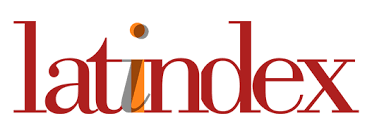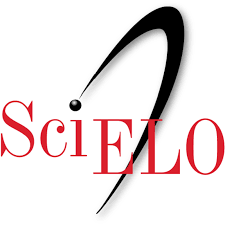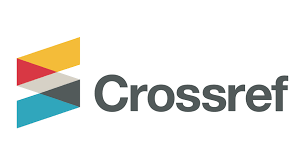Density and integral use evaluation of three leguminous trees in silvopastoral systems in the tropic of Guerrero, Mexico
DOI:
https://doi.org/10.18387/polibotanica.47.11Abstract
In the Tropic of Guerrero Mexico the distribution, the density and uses of trees Pithecellobium dulce Roxb Benth, Gliricidia sepium (Jacq) Steud, Haematoxilum brasiletto Karst were studied and its foliage was added to the diets of kids and productive response and apparent digestibility was measured. The livestock farmers have six complementary uses (firewood, poles, shade, medicinal, human consumption and artisanal). The species were identified in live fences and scattered in paddocks with densities of 4.87 trees per 100 linear meters and 1.79 trees ha-1; P. dulce was the largest size and identified from 250 to 1332 masl. The ashes (P<0.0001) and detergent fibre (P<0.01) of P. dulce (T1) had higher apparent digestibility. The feed conversion and daily weight gain of the kids were different due to the effect of foliage trees. The rectal temperature was only affected (P<0.0001) by the time of evaluation. The ruminal pH of kids was affected by time evaluation (P<0.0001) and the treatments (P<0.0003). It is concluded that the density of trees is low and could be of impact on soil fertility and the contribution of biomass for animal feed; the apparent digestibility of diets and productive response were more efficient in the animals fed with P. dulce (T1)Downloads
Additional Files
Published
2019-01-15
Issue
Section
Articles
License

Polibotánica by Departamento de Botánica de la Escuela Nacional de Ciencias Biológicas del Instituto Politécnico Nacional se distribuye bajo una Licencia Creative Commons Atribución-NoComercial-CompartirIgual 4.0 Internacional.
How to Cite
Density and integral use evaluation of three leguminous trees in silvopastoral systems in the tropic of Guerrero, Mexico. (2019). POLIBOTANICA, 47, 153-166. https://doi.org/10.18387/polibotanica.47.11




















